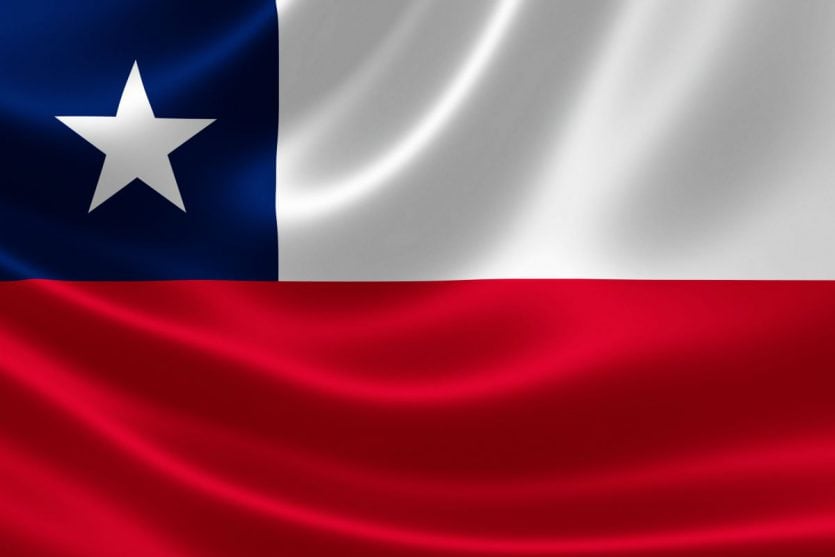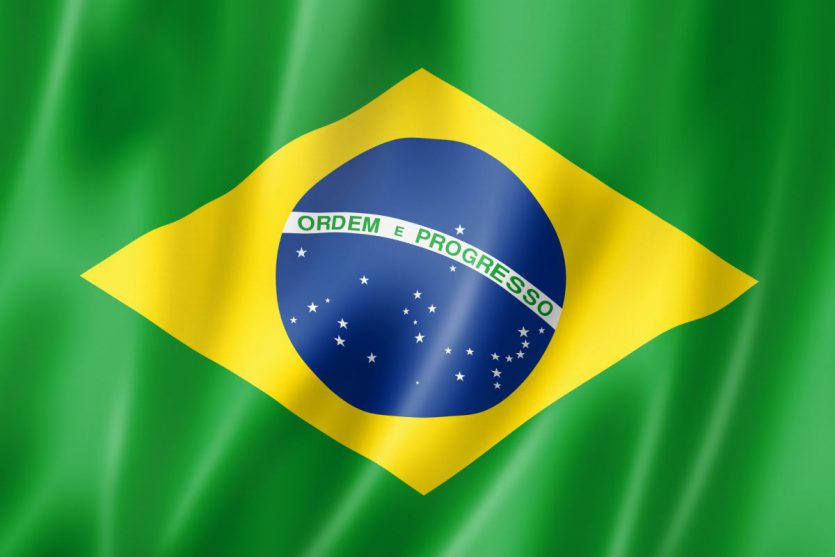3 South American flags and what they mean
sHow many South American flags do you know? South America is a big place, of course. With twelve countries and three dependencies, South America is home to over 385 million people. That’s a lot of men, women and children with plenty of cultural identities. From Suriname to Brazil, South America is rich with history and heritage. There’s no one South American identity, and each individual country and community is unique. Each country has its own flag, though.
Understanding South American flags is a quick way to get some insight into this living, breathing continent and the people that live there.

Nội Dung Chính
Three South American flags you should know
Whether you’re studying geography in high school, political science at university or simply doing a pub quiz, you should know a few South American flags. We’ve picked out three of the most popular South American flags for you below. Our guide will help you identify each easily, and teach you a little bit about what they mean.
1. Chile’s national flag

Chile’s is one of the most instantly recognisable South American flags. It’s red, white and blue, and there’s a prominent white star in the lefthand corner. The flag comes from just prior to the time of Chilean independence and is rich with meaning. The flag has been in use since 1817, and Chile won its independence from Spain the following year.
The significance of the flag is as follows:
- The blue portion represents the sky
- The white portion represents the snow-covered Andes mountains
- The red portion represents the blood spilt by Chileans in fighting for their independence
- The white star represents the government’s powers
2. Argentina’s national flag

South American flags are rich with symbolism, and that’s immediately apparent from the Argentinian flag. The flag itself is blue and white with a golden sun in the centre. The flag was adopted in 1812, though the so-called “Sun of May” was not added until 1818. This addition followed Argentina’s independence from Spain in 1816.
The flag’s colours are said to represent the blue sky parting to reveal white clouds, which marks a symbolic moment from 1810 in the early days of Argentina’s liberation efforts. The leader of the Argentinian revolution, Manuel Belgrano, chose the colours. The Sun of May is also a feature of the Uruguay national flag.
3. Brazil’s national flag

Instantly recognisable to football fans everywhere, Brazil’s national flag has a green background, yellow diamond and blue circle. It also bears the words “ordem e progesso”, Portuguese for “order and progress”. As far as South American flags go, this one is quite new. The Brazilians adopted this flag as recently as 1992, following on from an earlier iteration.
The blue circle represents a southern hemisphere night skyscape. Specifically, it’s meant to depict the sky over Rio de Janeiro on the night that Brazil became a republic. That was the 15th of November 1889 if you’re keeping score! It features 27 white stars, representing the country’s states and Federal District. The stars take the formation of several well-known constellations, such as Southern Cross and Scorpius.
How many other South American flags can you identify?







